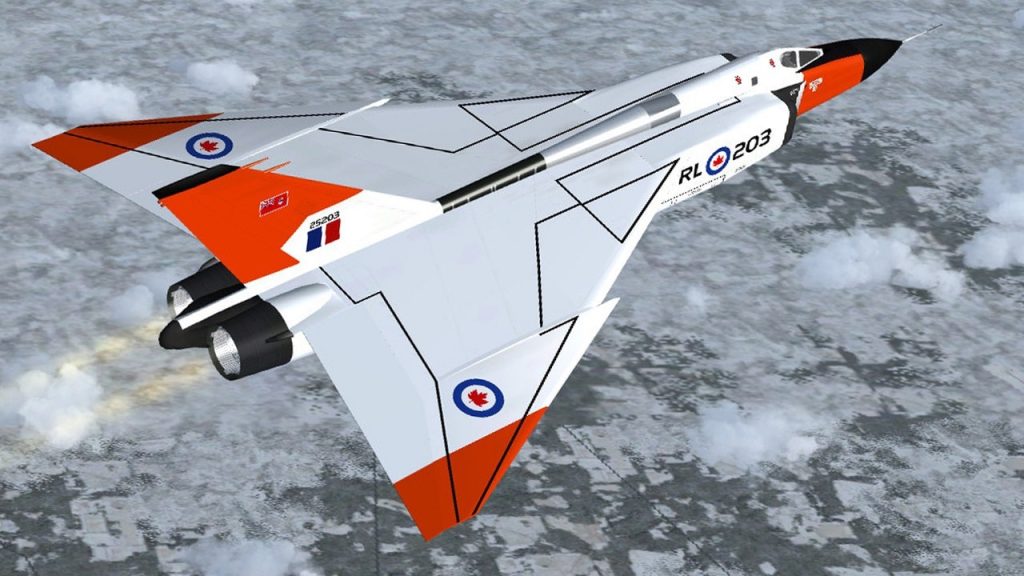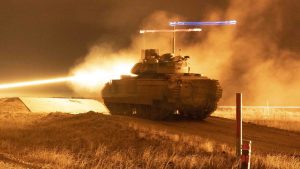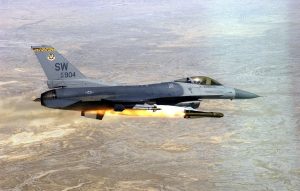On October 4, 1957, the first Avro CF-105 Arrow prototype was unveiled, and more than 12,000 people showed up to view the cutting-edge plane.

Avro CF-105 Arrow. Image Credit: Creative Commons.
“Overview of the Avro CF-105 Arrow’s Brief Past”
Avro Canada created the CF-100, commonly called the “Canuck,” after World War II when the British Royal Air Force was still rebuilding and had no money to consider a new interceptor. It was the first Canadian-designed combat aircraft, excelling as a long-range, all-weather fighter. More importantly, it demonstrated the new Avro Canada’s (an offshoot of the British aircraft maker) skill in accomplishing a complex task quickly.
Because of this achievement, the development of the Avro Canada CF-105 Arrow, a massive delta-winged interceptor, continued in the mid-1950s. The technology holds great promise for the future of Canada’s aviation industry. It may give the Royal Canadian Air Force (RCAF) the ability to intercept Soviet bombers and possibly kill them at the North Pole in the event of a conflict. Avro Canada expanded greatly after being granted permission to design and manufacture the plane, and by 1957 it was one of the top employers in the country with over 20,000 workers. The government and its workers put a lot of money into it.
People’s faith in corporations and Canada’s aerospace industry was at an all-time high. As with Icarus, though, it was only a short time before its fall.
The Arrow’s development was rapid, and the finished product is regarded as one of the most sophisticated weapons of its day and admired for its impressive strength and beauty. Furthermore, it contributed to Canada’s reputation as a global frontrunner in cutting-edge scientific study.
Everything about the Arrow was enormous, and that’s saying a lot. It was a massive undertaking in terms of scope and magnitude. Not only was the plane itself huge, but so was it. With a wing span of 15.2 meters and an empty weight of around 20,000 kilograms (44,000 pounds), this plane was monstrous even for an interceptor.
It was also a very sophisticated plane that called for many custom-made parts. It was the fastest aircraft, including the first fully computerized flight control and weapon system. At 53,000 feet, the Arrow can reach speeds around double the speed of sound. The designers developed a scale model before turning to computers or simulation software to evaluate its performance in a wind tunnel.
More than 12,000 people showed up to see the first CF-105 Arrow prototype take flight on October 4, 1957. However, the launch of Sputnik 1 into orbit by the Soviet Union on the same day overshadowed the Arrow’s success, as it signaled the beginning of the space age and, perhaps, the end of the long-range bomber.
At Starting of 1958, five Arrows participated in flight tests until it canceled the program due to political and technical setbacks. The prohibitive price of the initiative
To reduce federal spending, newly elected Canadian Prime Minister John Diefenbaker canceled The Arrow in February 1959. Diefenbaker’s terrible relationship with Crawford Gordon, Jr., president of Avro Canada and a notorious smoker and heavy drinker, didn’t help matters. Diefenbaker was a Progressive Conservative and abstinent.
The RCAF ultimately purchased the CF-101B Voodo, an American fighter jet, rather than the canceled Avro Canada CF-105. Avro Canada could not recover from the program’s loss and closed its doors for good in 1962.
A four-hour TV miniseries about the Arrow program was made for CBC Television over three decades after the show ended. The Arrow was a Canadian film that recreated the development of the supersonic plane and included well-known Canadian performers such as Dan Aykroyd, Michael Ironside, and Sara Botsford. It earned the largest viewing audience for a CBC program at the time, reflecting how important this plane was to Canadians.






